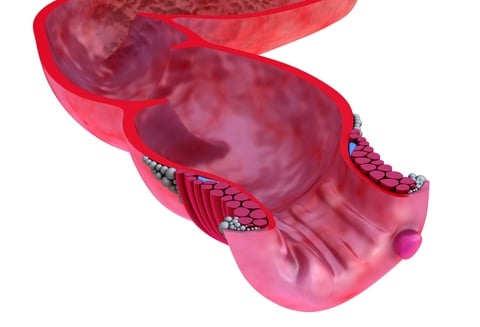
Autoimmune systemic diseases are clinical disorders, in which the immune system cannot tell the difference between foreign substances and its own cells and tissues. The immune system becomes hyperactive and makes antibodies that, simply put, attack the body itself. This causes inflammation, pain and damage to any organ of the body. There are many autoimmune systemic diseases, some well-known, such as diabetes type 1, and some less known, such as Lupus, which is the prototype of autoimmune systemic diseases.
LUPUS
Lupus, also called systemic lupus erythematosus or SLE, is a chronic disease that affects the immune system. Lupus takes its name from the Latin word “lupus”, meaning wolf, this is because lupus causes a rash on a patient’s face making the face look like the face of a wolf. The disease mainly affects young women, but men can be affected as well.
Normally, the immune system fights infections caused by germs. Instead of protecting your body, the immune system makes the mistake of attacking the body’s healthy cells.
Lupus can affect almost any part of your body, including your joints, skin, kidneys, heart, lungs, blood vessels and brain. There is no way to know what part of the body will be affected. For most of the patients though, lupus is a mild disease affecting only a few parts of their body, and some patients do not get inner organ problems (like in the heart and lungs), but do have skin and joint problems. Normally, lupus develops slowly, with symptoms that come and go. For some, it can cause serious and even life-threatening problems. Even for patients with diseases that hurt their organs, with good care and management and a strong partnership between a patient and their healthcare provider, the prognosis is good.
Each person with lupus has slightly different symptoms including fatigue, muscle pain, joint pain, fever with no cause, hair loss, mouth sores, sensitivity to sunlight and skin disease, which can range from mild to severe and may come and go over time. Because many people with lupus are sensitive to sunlight (called photosensitivity), skin rashes often first develop or worsen after sun exposure.
Sometimes people with lupus experience a “flare.” This occurs when some symptoms appear for short periods and then disappear. Even under treatment for lupus, the patient may find that there are times when the symptoms become worse.
The cause of lupus is not known. It is likely that there is no single cause but a combination of genetic, environmental, and possibly hormonal factors that work together to cause the disease. Lupus is not contagious, it cannot be caught from someone.
There are different test to help to diagnose but sometimes take months or years to make the diagnosis. There is no cure for lupus, but medicines and lifestyle changes can help control it. A very well-trained Specialist doctor in this area is a must to diagnose and treat these diseases.
Topic: blog



.jpg)



.jpg)



Leave a comment